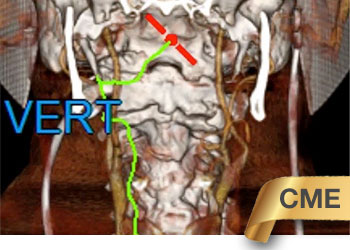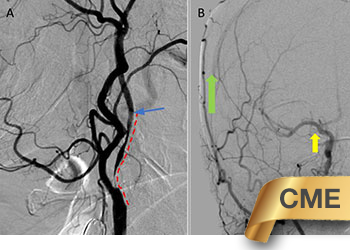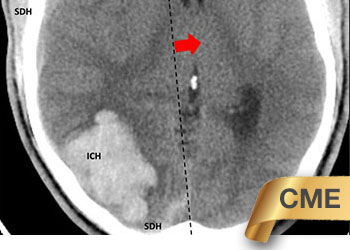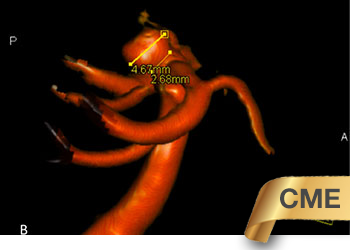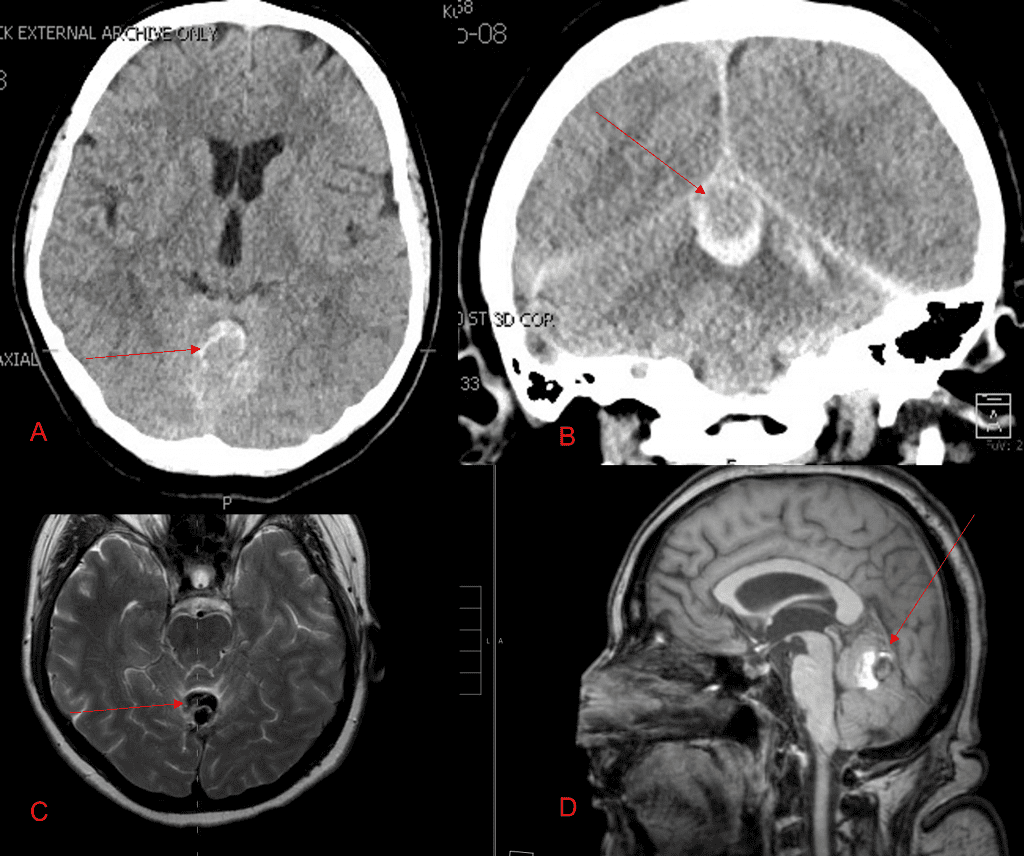BRAIN | ENDOVASCULAR | SPINE | VIEW ALL | CME | CONTACT US
CME COURSES
Sharing insights and knowledge with the physicians community.
Have a Patient to Refer?
Our team is available to help and we've welcome an opportunity to speak with you and learn more about your patient's needs.
Stay Informed!
Sign up for our subscriber list to get all of our latest patient case studies. Your information will be kept private and not shared with any 3rd parties.

